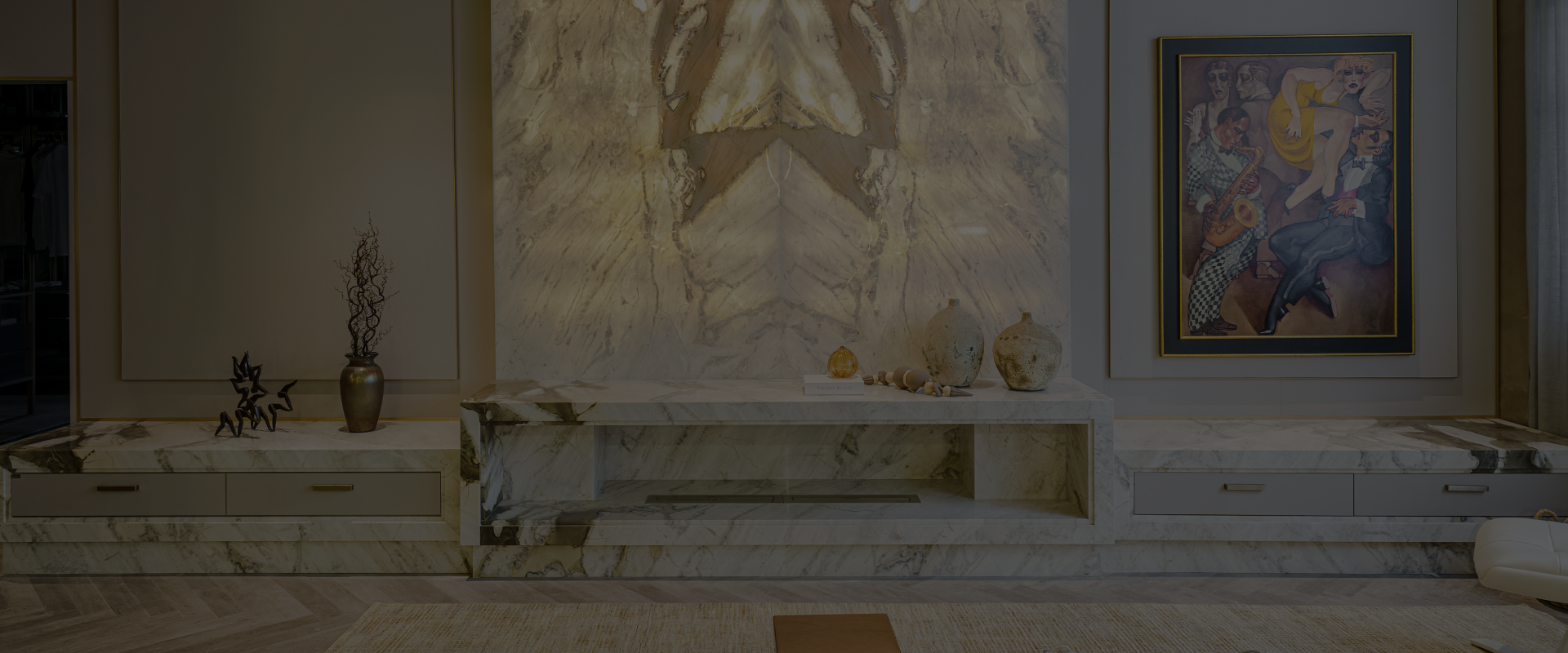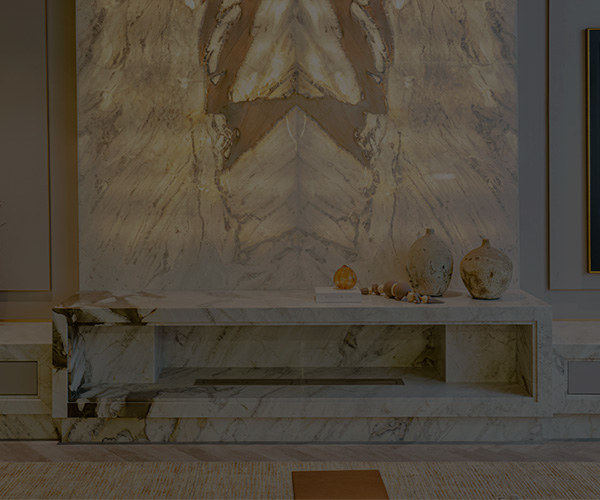A frequently question that comes up when people look for kitchen countertops or floor and wall covering is about which type of stone should be used: marble or granite? It’s common the confusion between these two terms. Although both are natural stones, each one has their own different technical features. On this article, you will see the difference between marble and granite.
The first difference is the composition of each stone. Marble is a metamorphic stone of calcareous origin and its color varies depending on the mineral present on its composition. It can be predominantly white, grayish, cream coloring with dark veins, greenish or yet predominantly black.
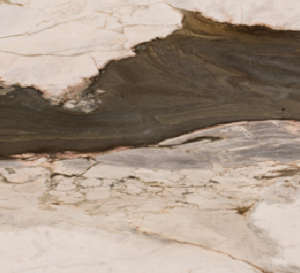
Marble – from PR Group Paraná Quarry.
The term metamorphic stone is used for marble because at first it was a common calcareous, but then it went through by physical and chemical transformations due to high temperatures and pressure inside the Earth.
Granite, on the other hand, is composed by quartzite, feldspar and mica. It’s harder and stronger than marble, and there are more colors because of the distribution of its internal minerals. This composition makes granite to have a “glossy” appearance when compared to the uniform and soft appearance of the marble.
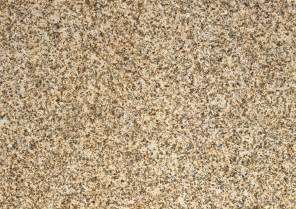
Granite Santa Cecilia.
Marble and granite application
Since granite is harder than marble, it’s also more resistant. These characteristics make granite the most used in kitchen countertops or laundry rooms, because in the past it was better known for being more resistant to scratches and stains caused by using sharp knives or liquid spills. However, nowadays the stone market has specific products that, when used properly, allow the use of marble in wet areas like kitchens and bathrooms, ensuring more resistance against scratches, absorption of liquids and corrosions.
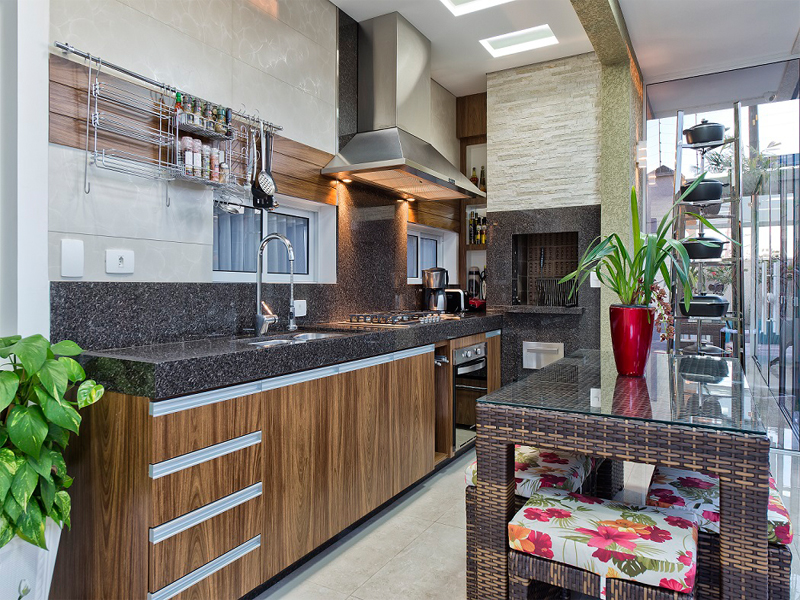
Kitchen countertop with Imperial Coffee from PR Stone Collection – Penha Morais Architecture.
Cleaning
Both marble and granite cleaning is easy and simple. Just use a wet cloth with neutral detergent when necessary.
Maintenance
For projects with marble, it’s recommended to seal it up once or twice a year. In the case of granite, it can be done about once every two years. However, the maintenance period may vary according to the use. It’s always important to follow the manufacturer’s recommendations for a better use of the product.
We hope that the difference between marble and granite is clearer for you now. Keep up to date on our blog for more news and information about marbles and granites. Enjoy and check out the products from PR Group Paraná quarries.
Relacionadas
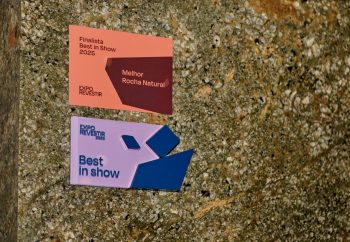
Institucional
Um ano de conquistas: retrospectiva 2025 do PR Grupo Paraná
12/12/2025
Encerramos 2025 com a certeza de que cada passo dado reforçou o nosso compromisso com a excelência, a inovação e o design brasileiro. Foi um ano…

Eventos
PR Grupo Paraná: Fornecedor oficial da 1ª Edição da Mostra Black Home Sul Curitiba
27/11/2025
Um momento importante para o PR Grupo Paraná A Mostra Black Home Sul realizou sua primeira edição em Curitiba reunindo profissionais de destaque…
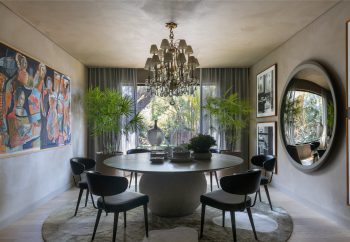
Eventos
Living com Lareira por Ivan Wodzinsky: memória, elegância e sensorialidade na Mostra Black Home Sul 2025
21/11/2025
Na primeira edição da Mostra Black Home Sul em Curitiba, o arquiteto Ivan Wodzinsky apresenta um dos ambientes mais emocionantes e sofisticados do…
